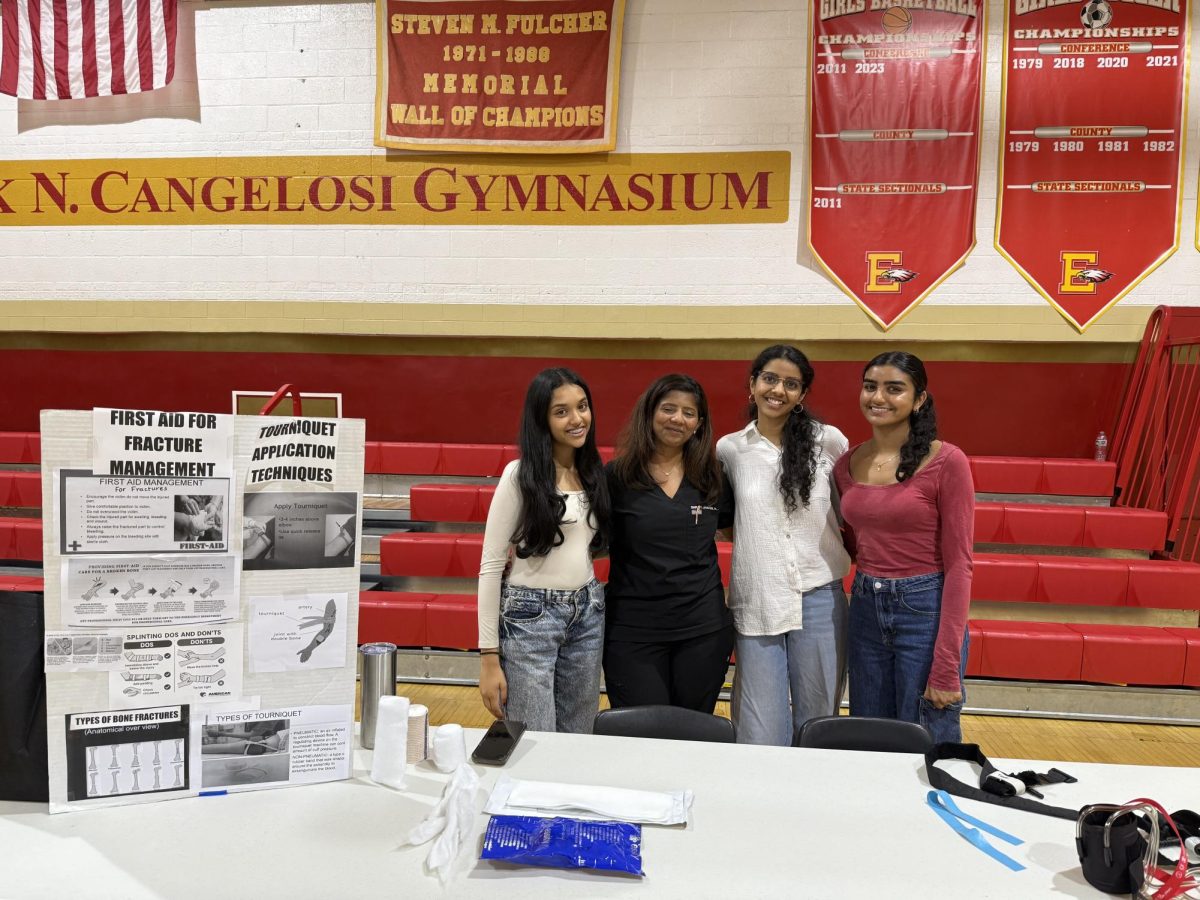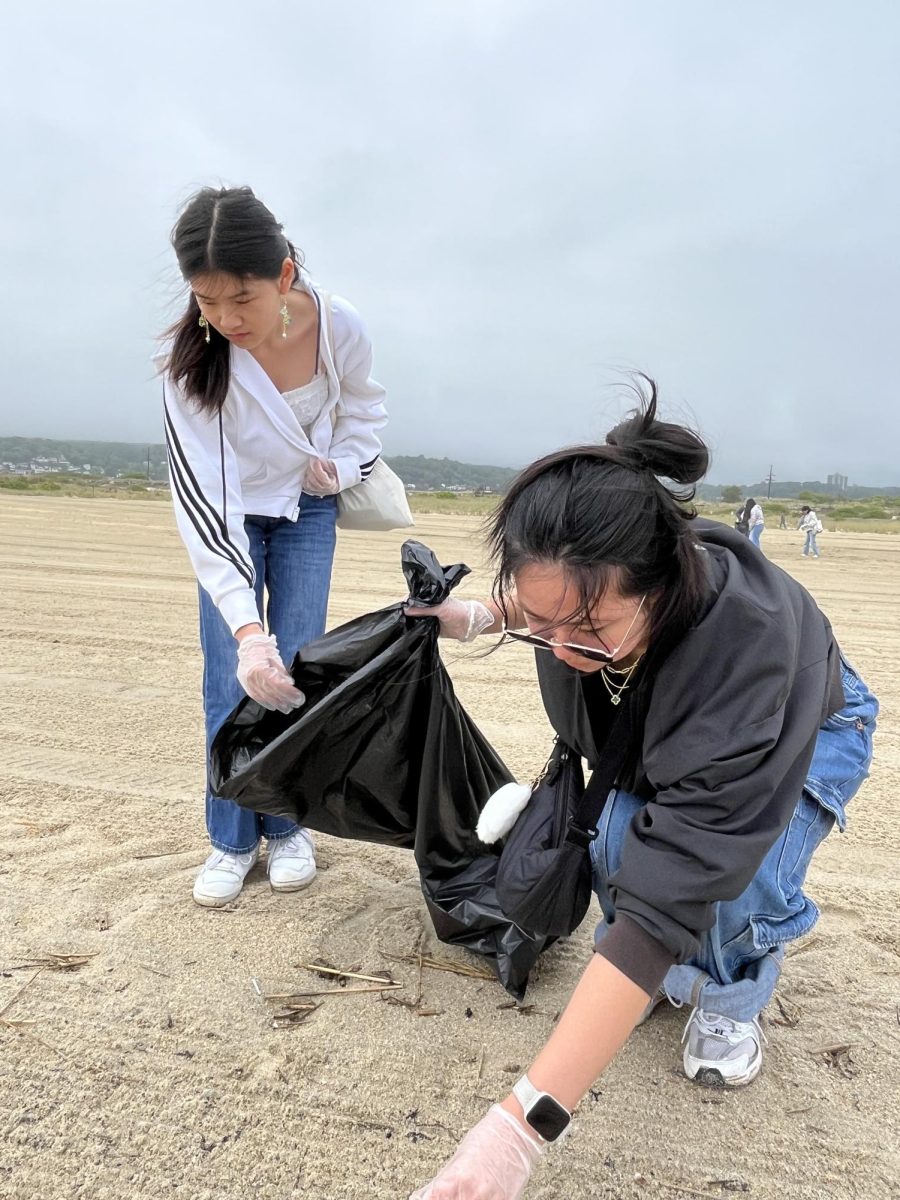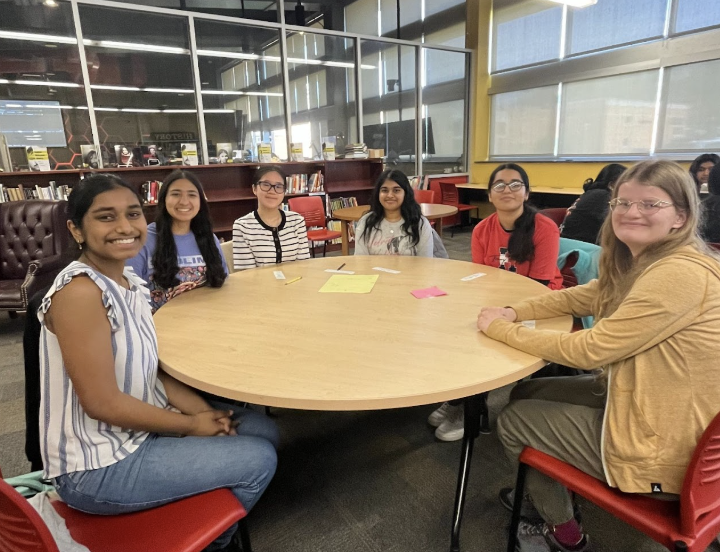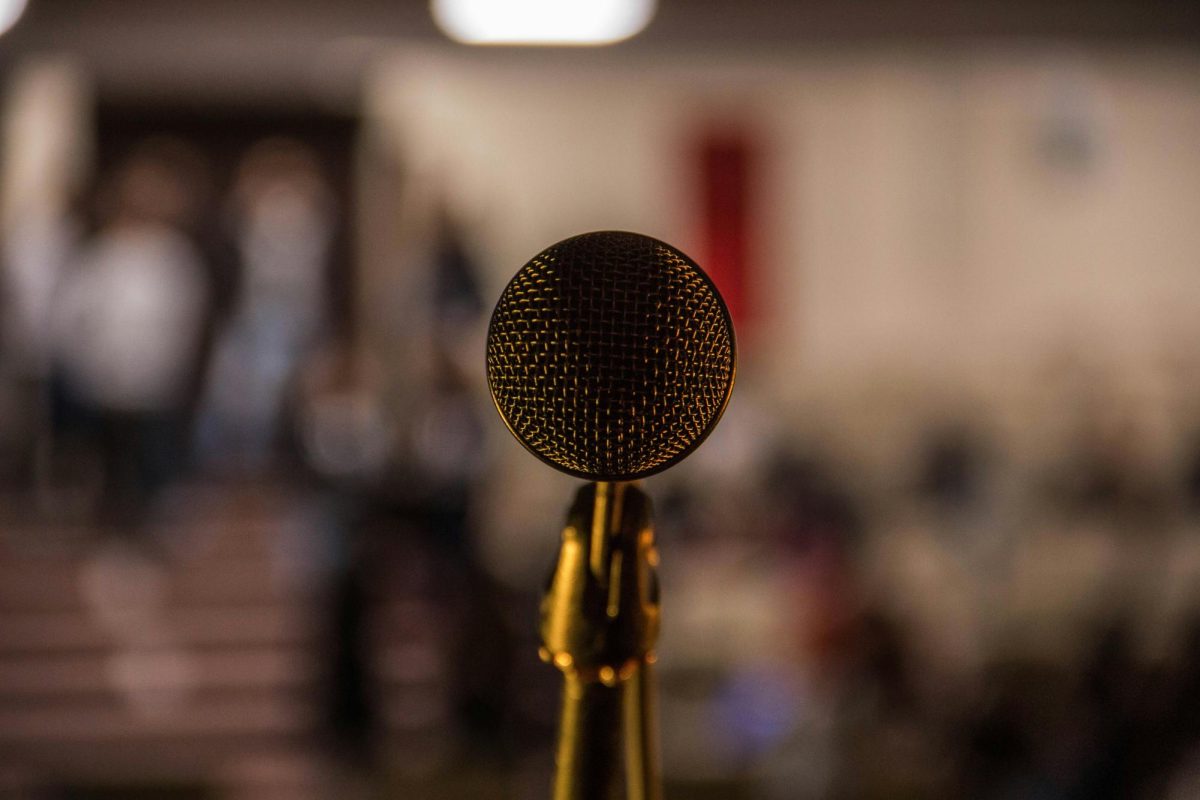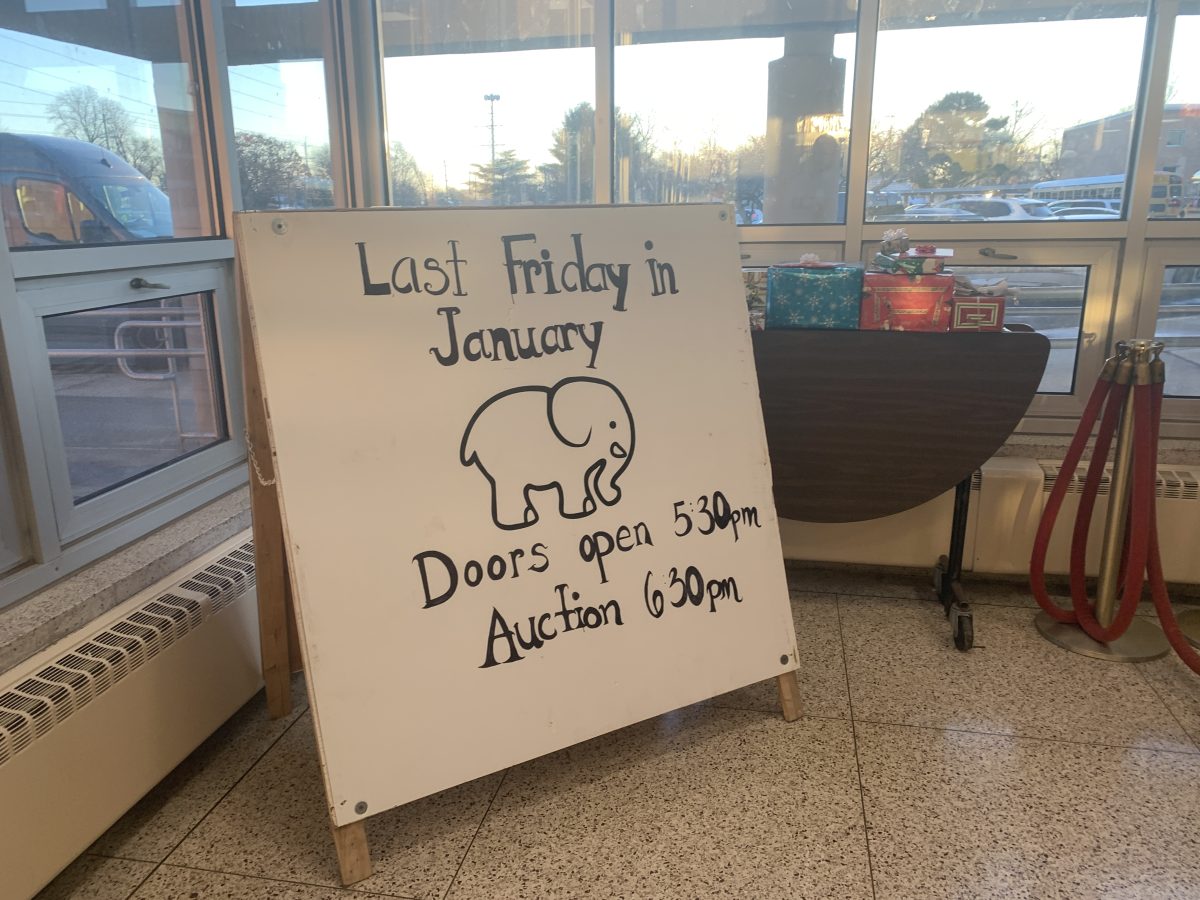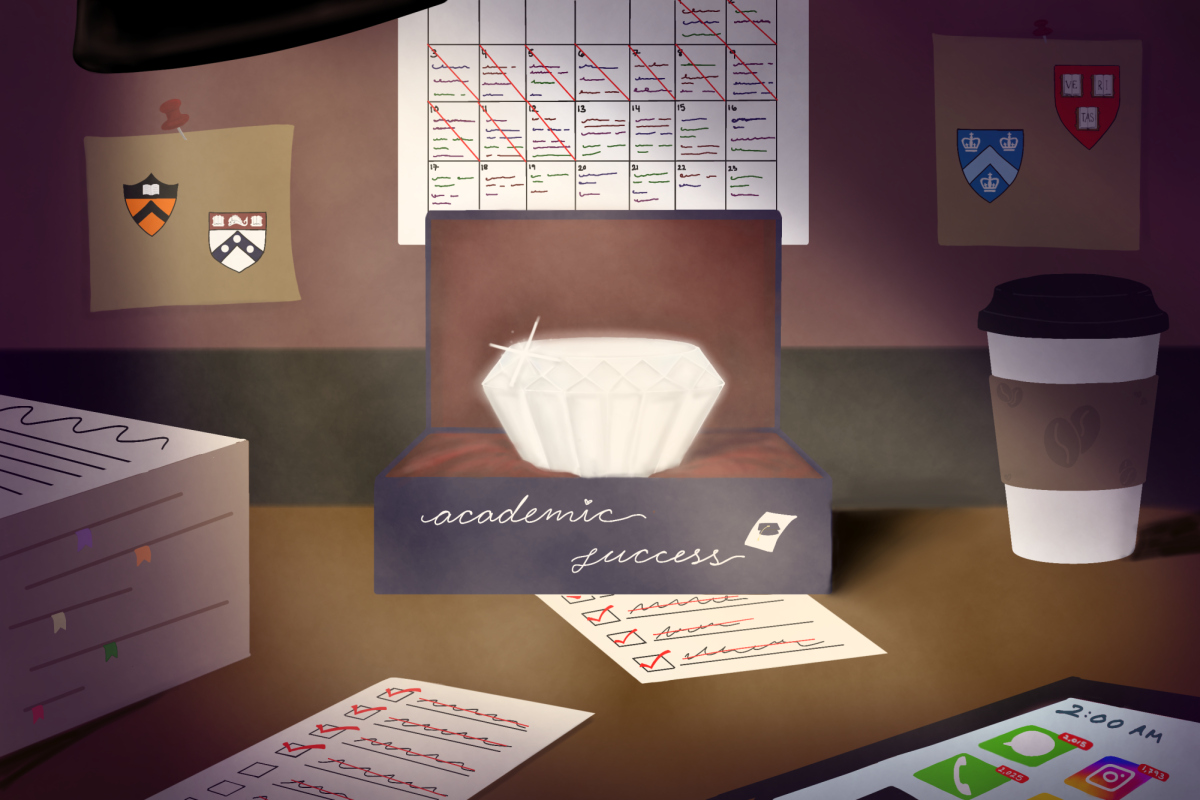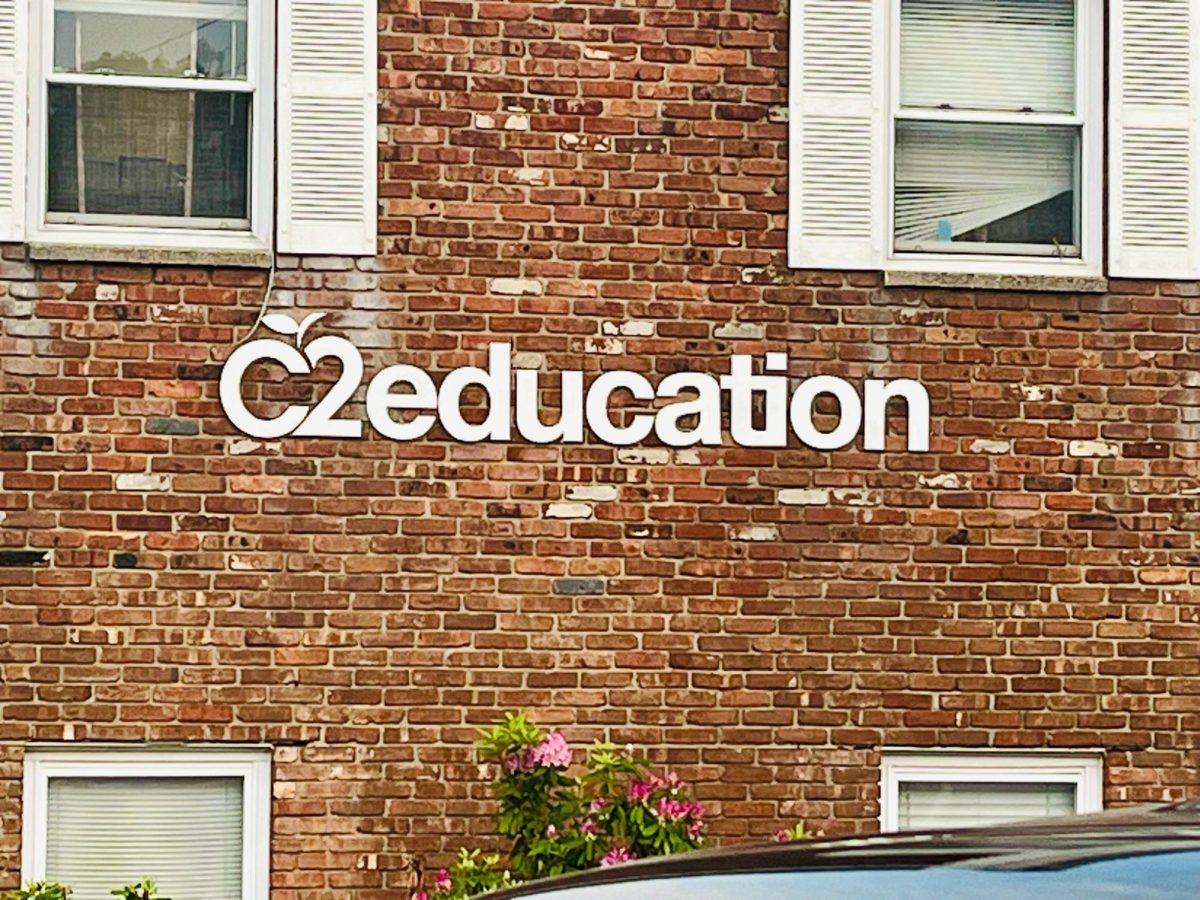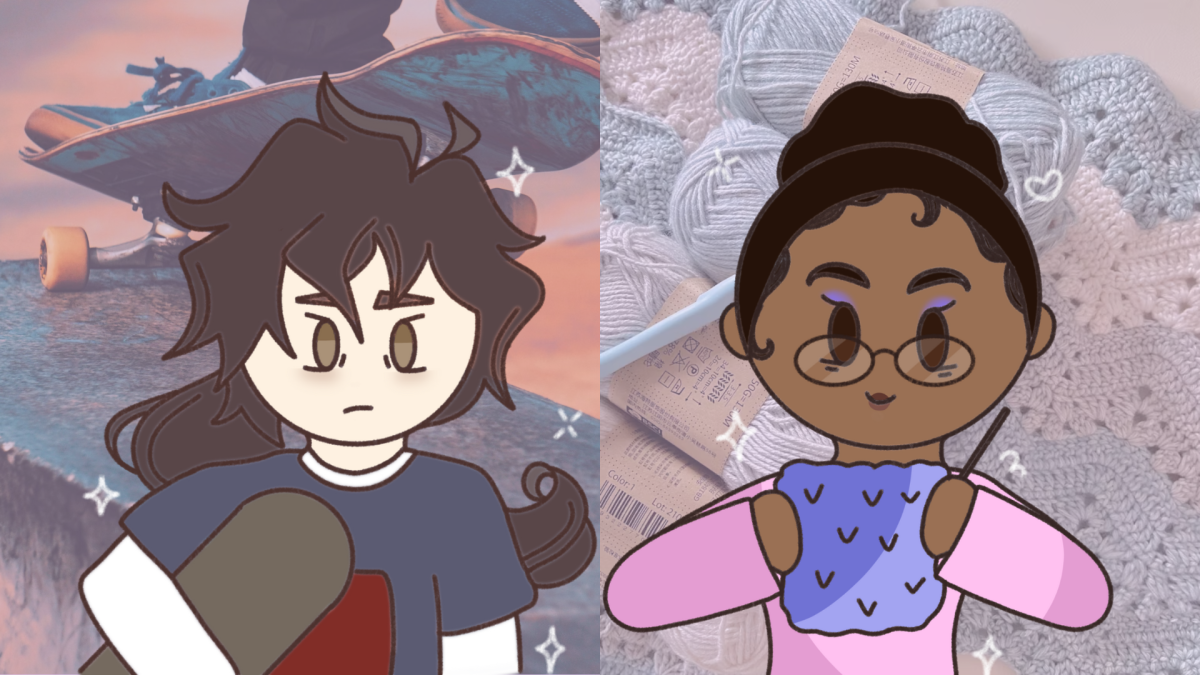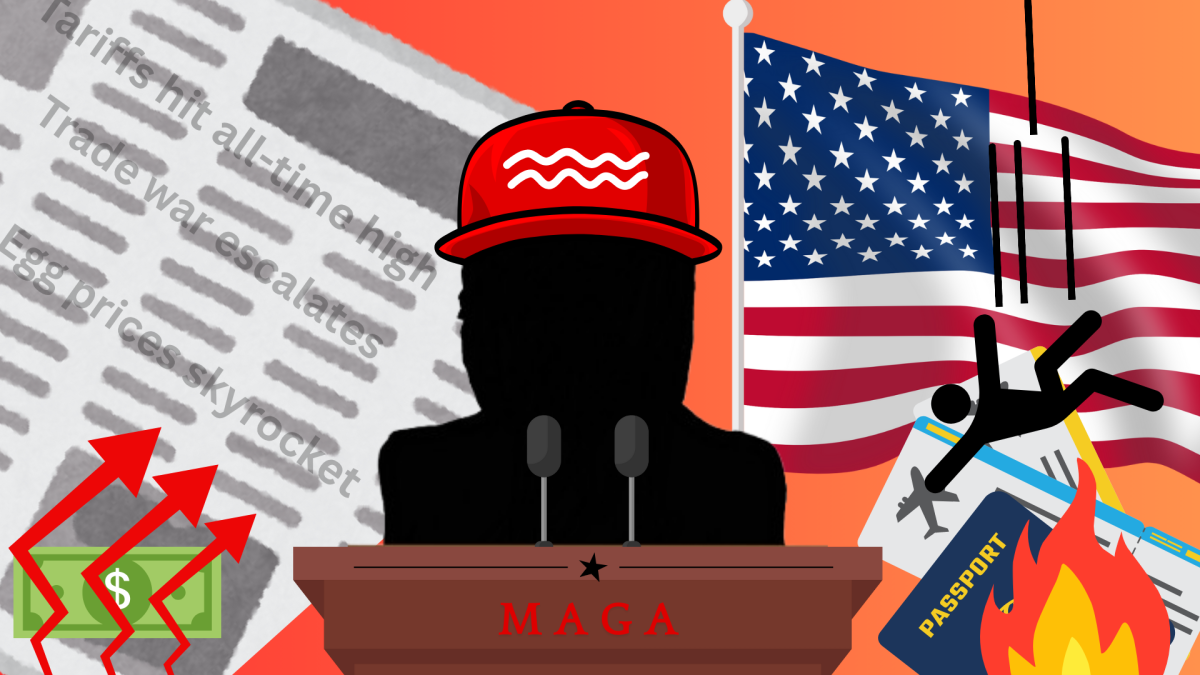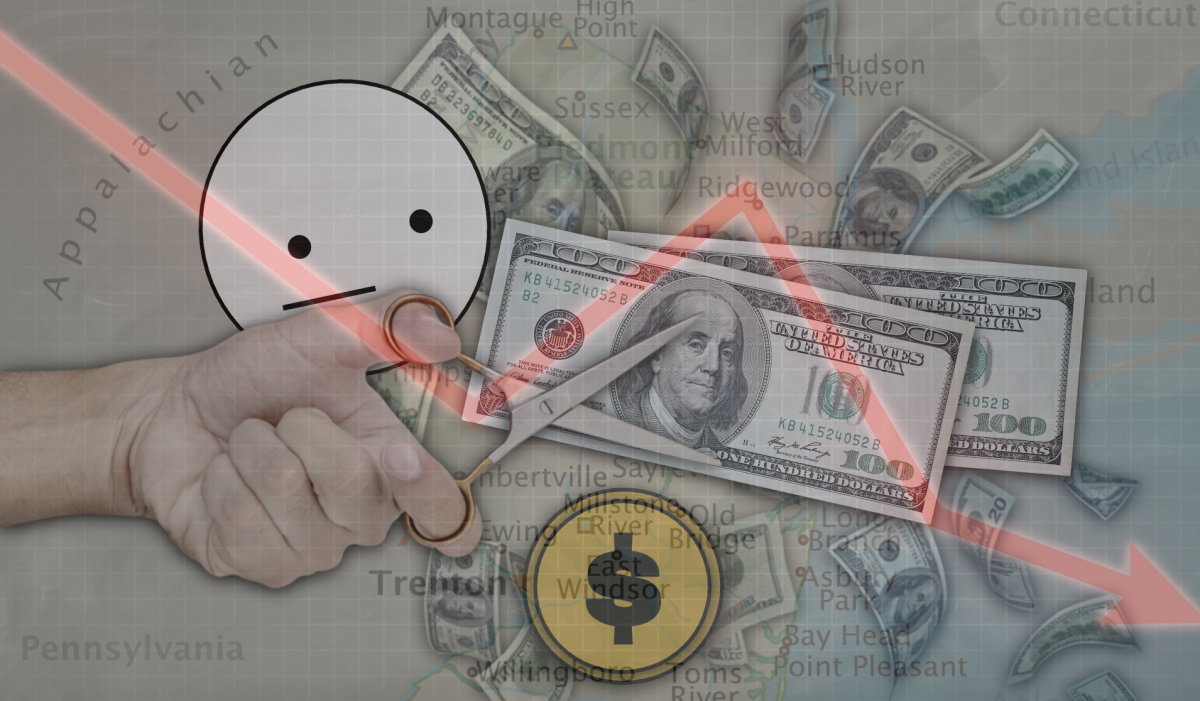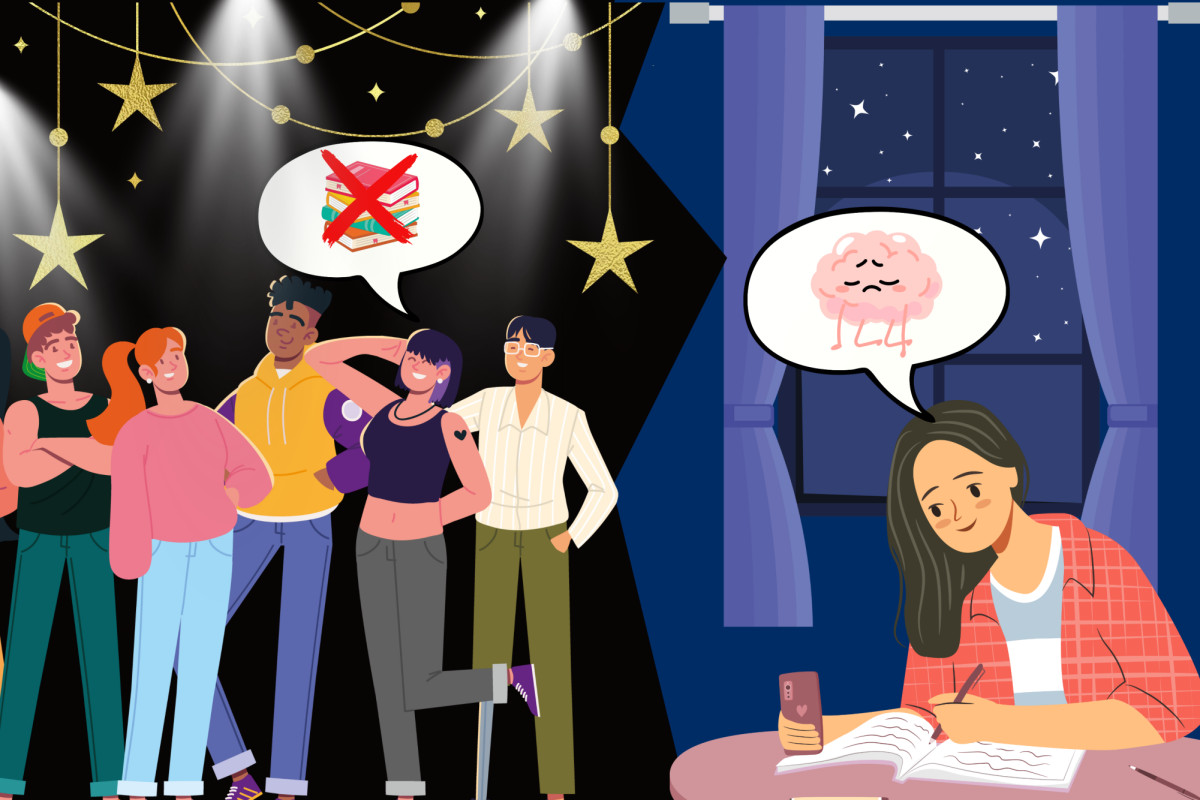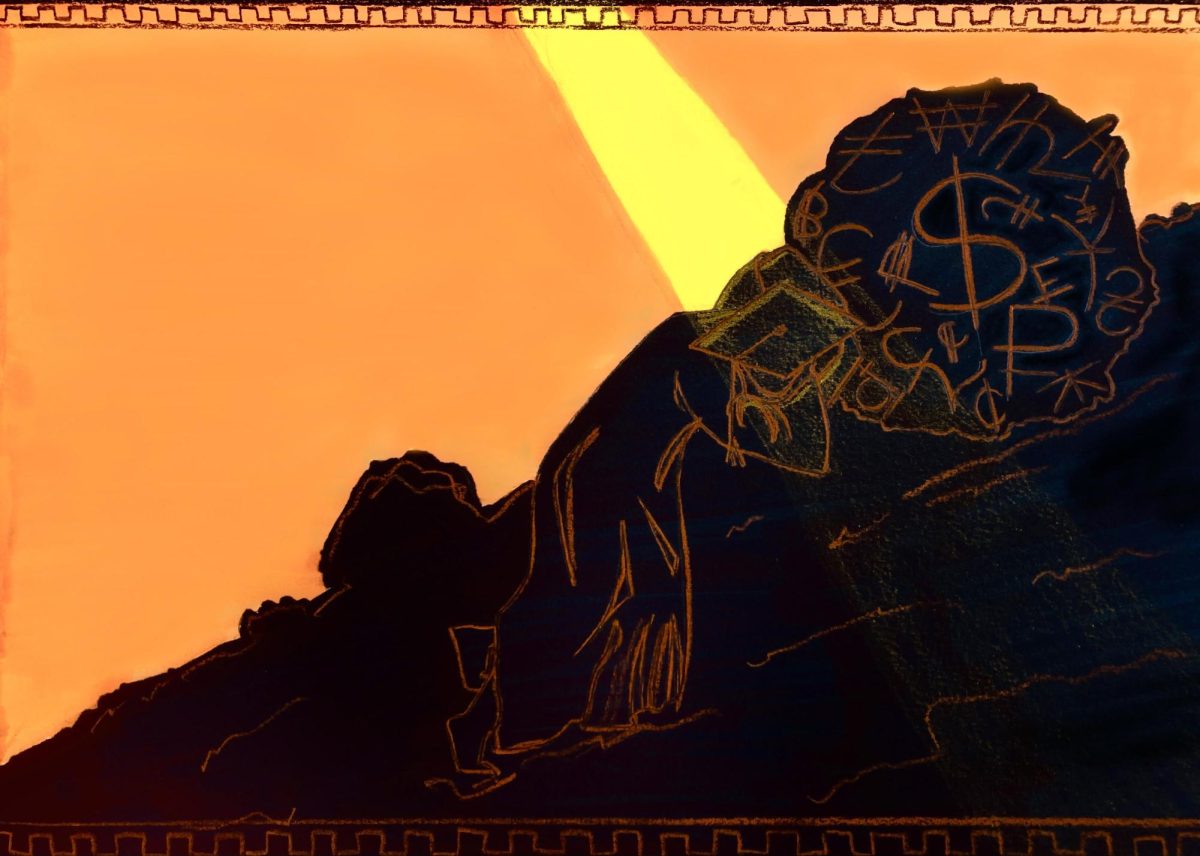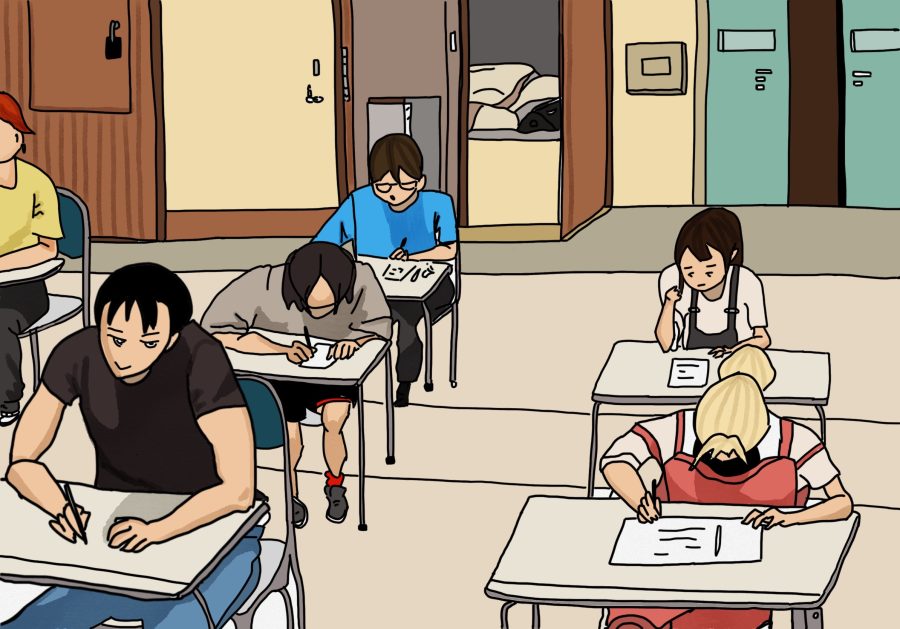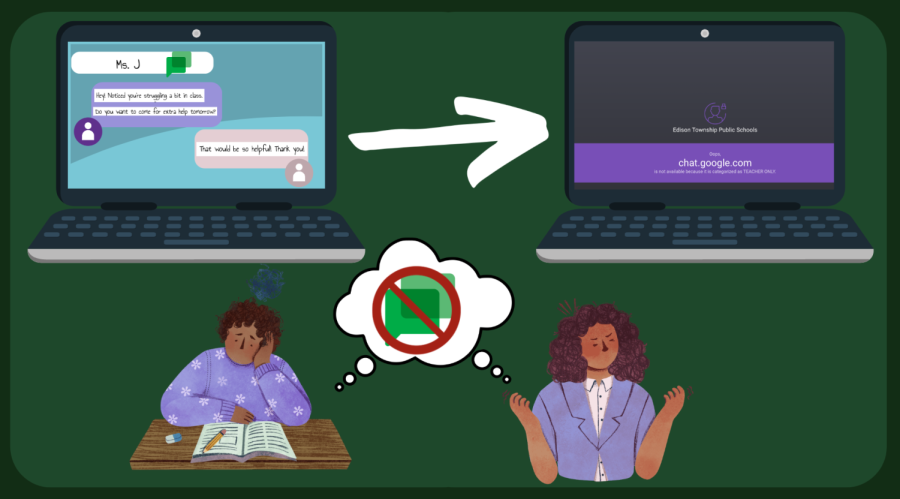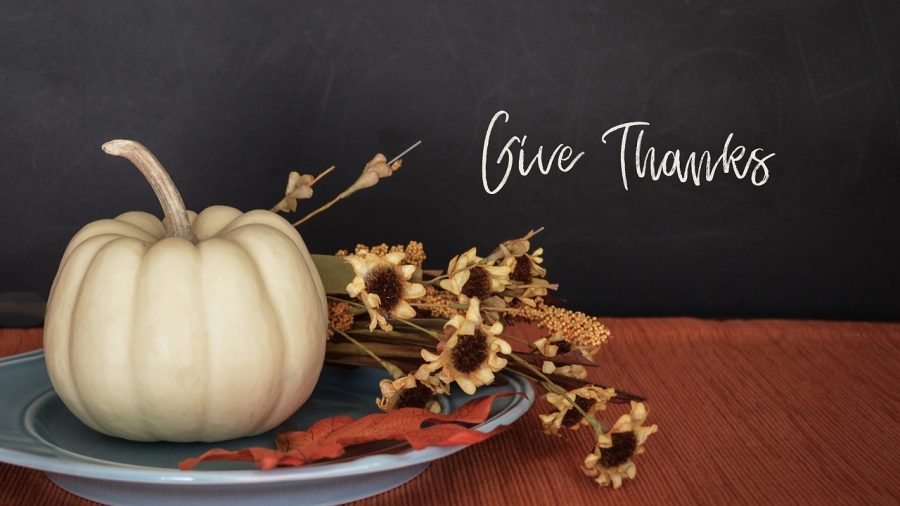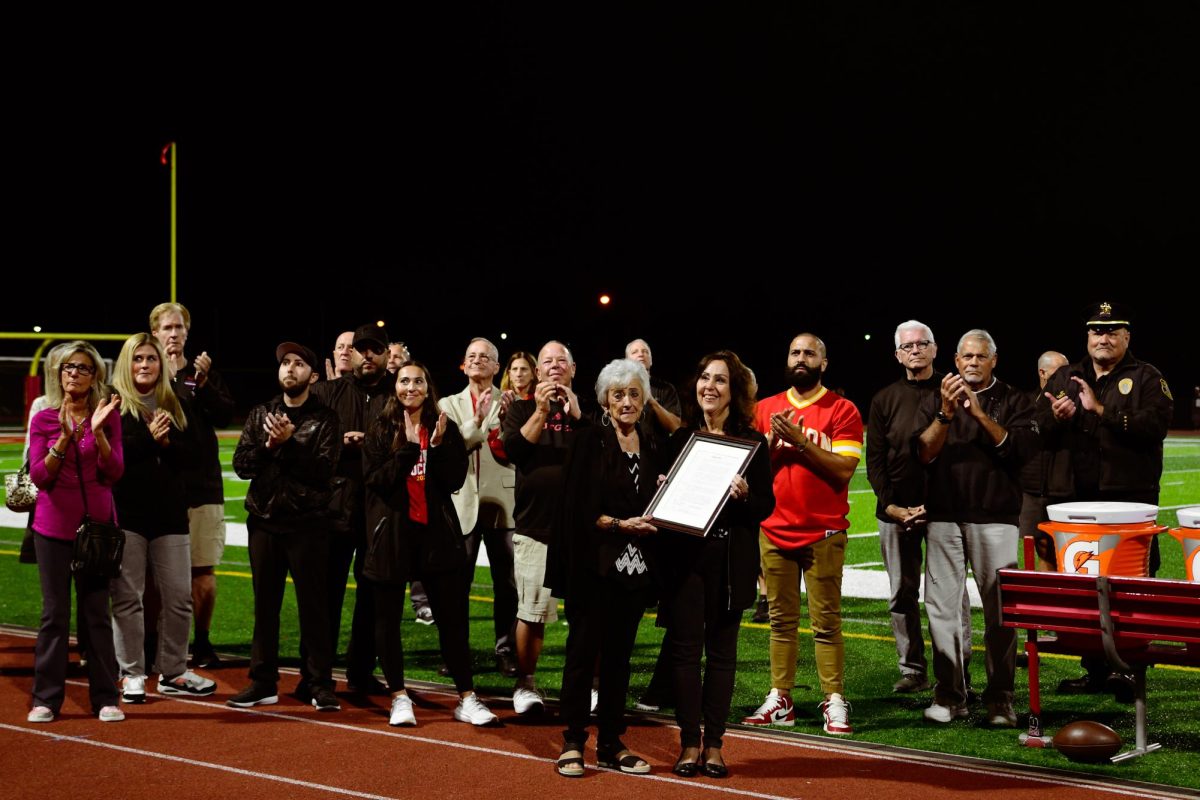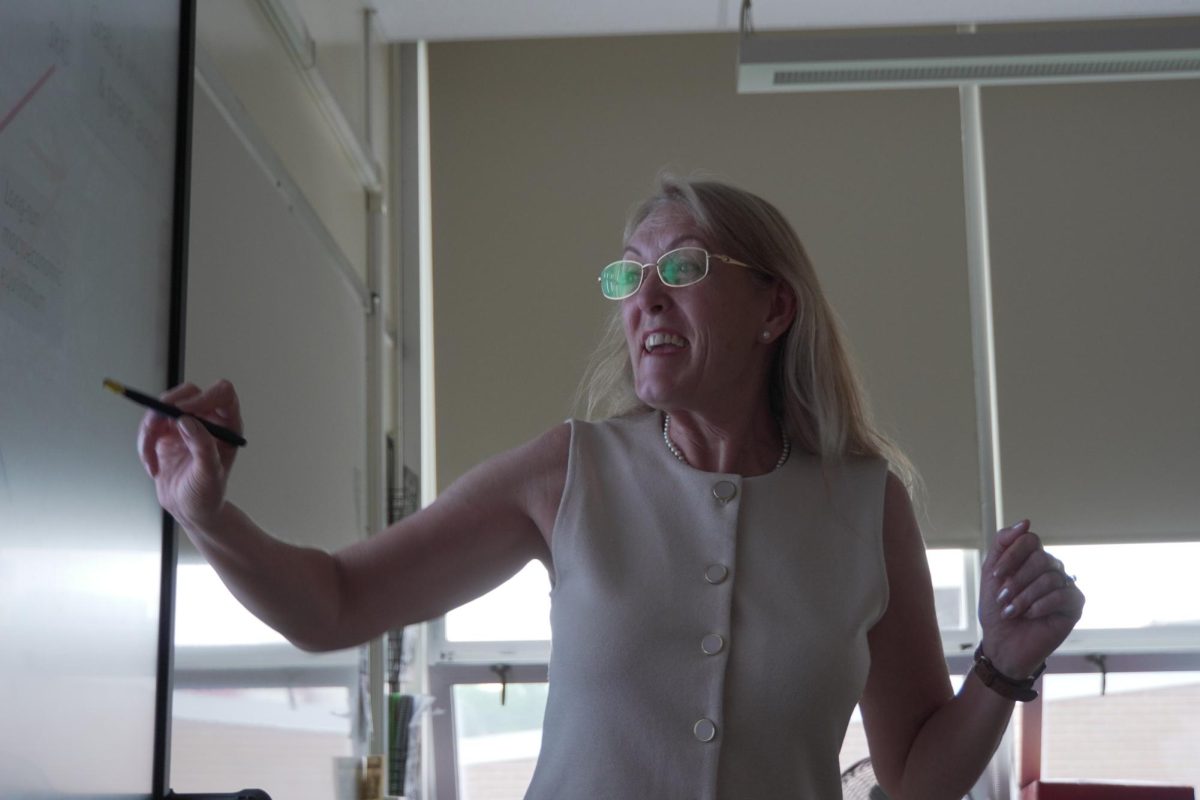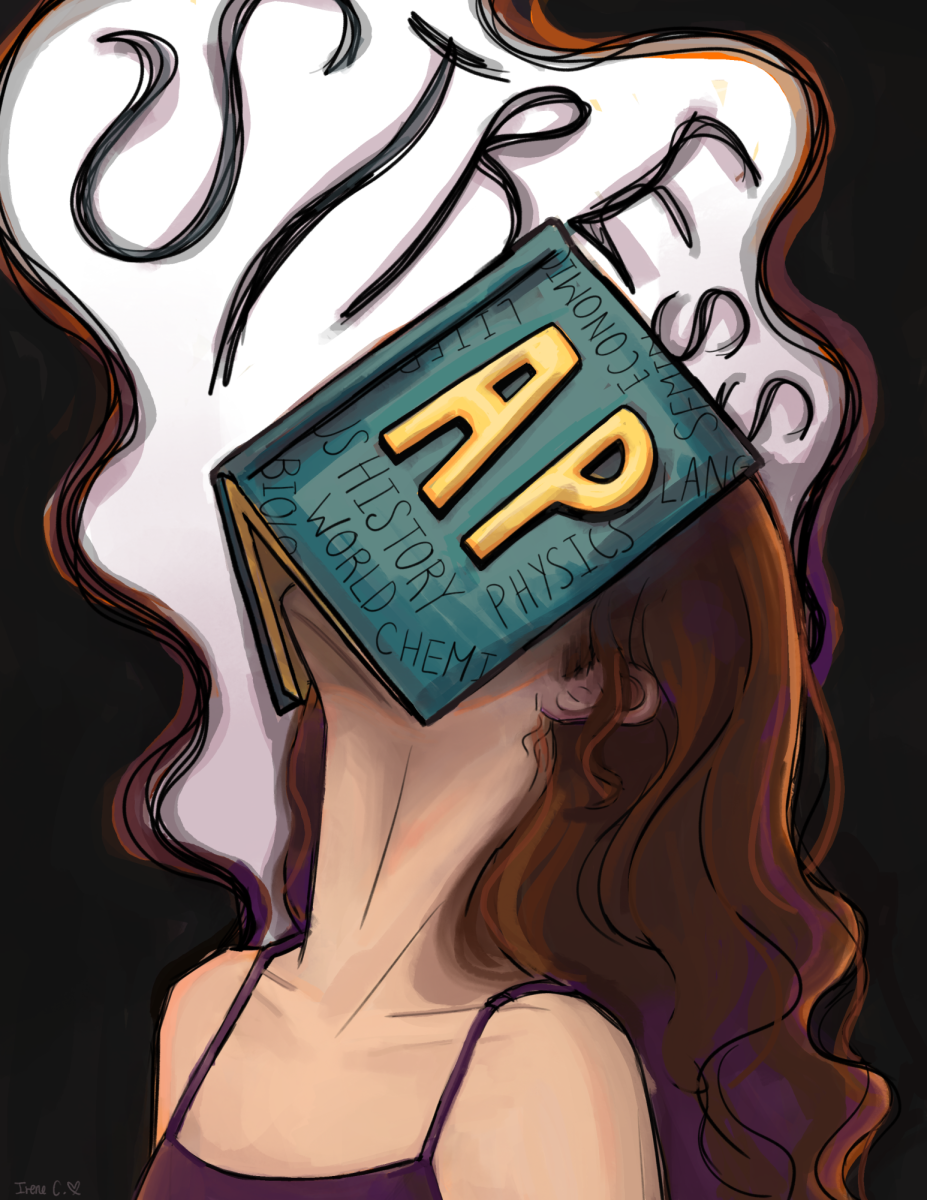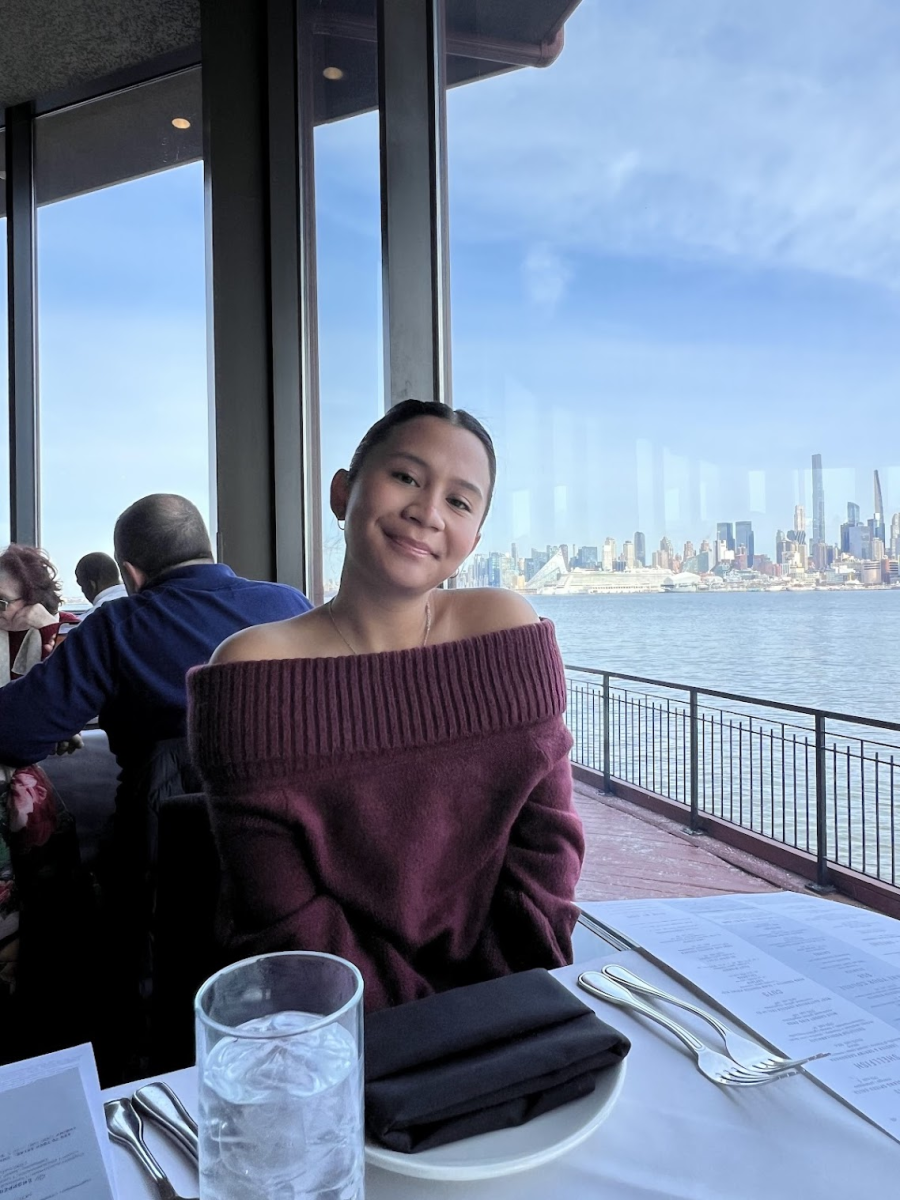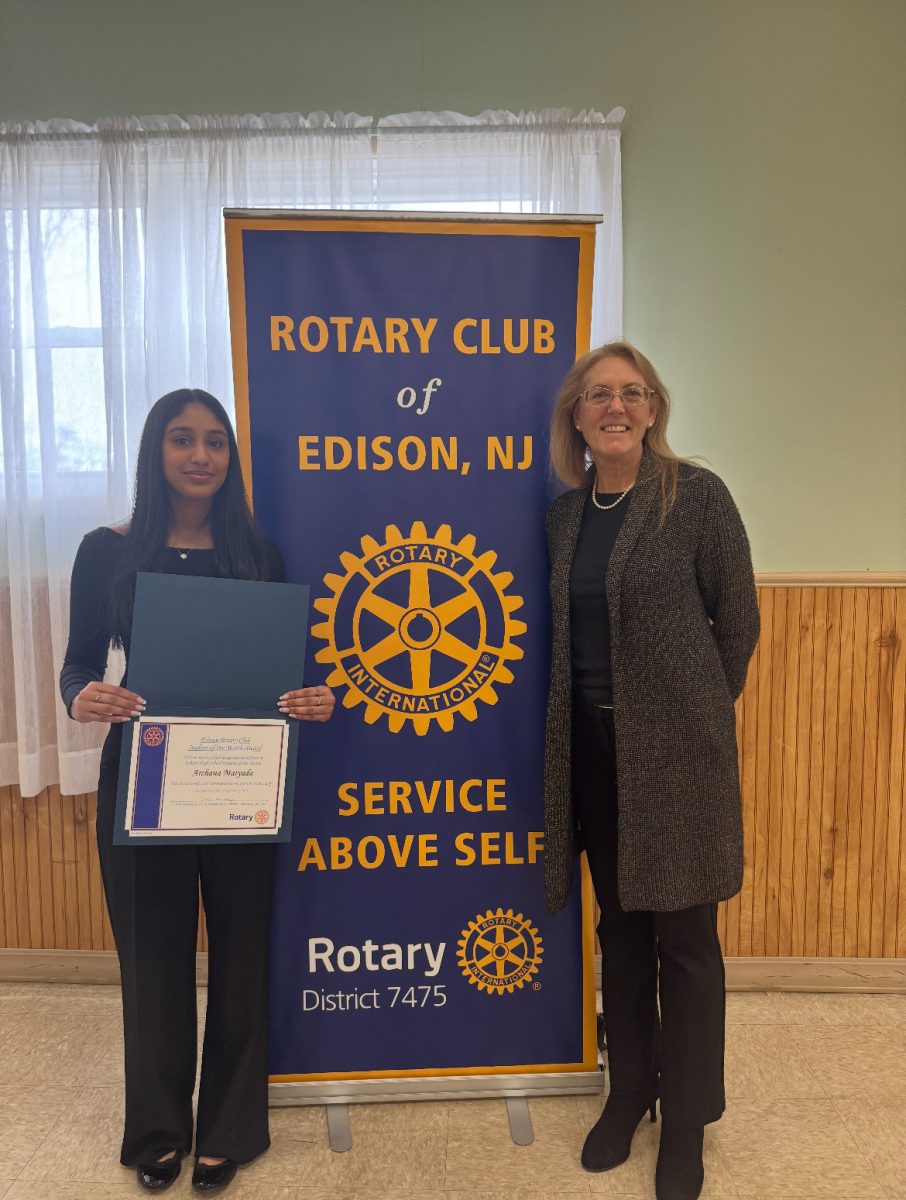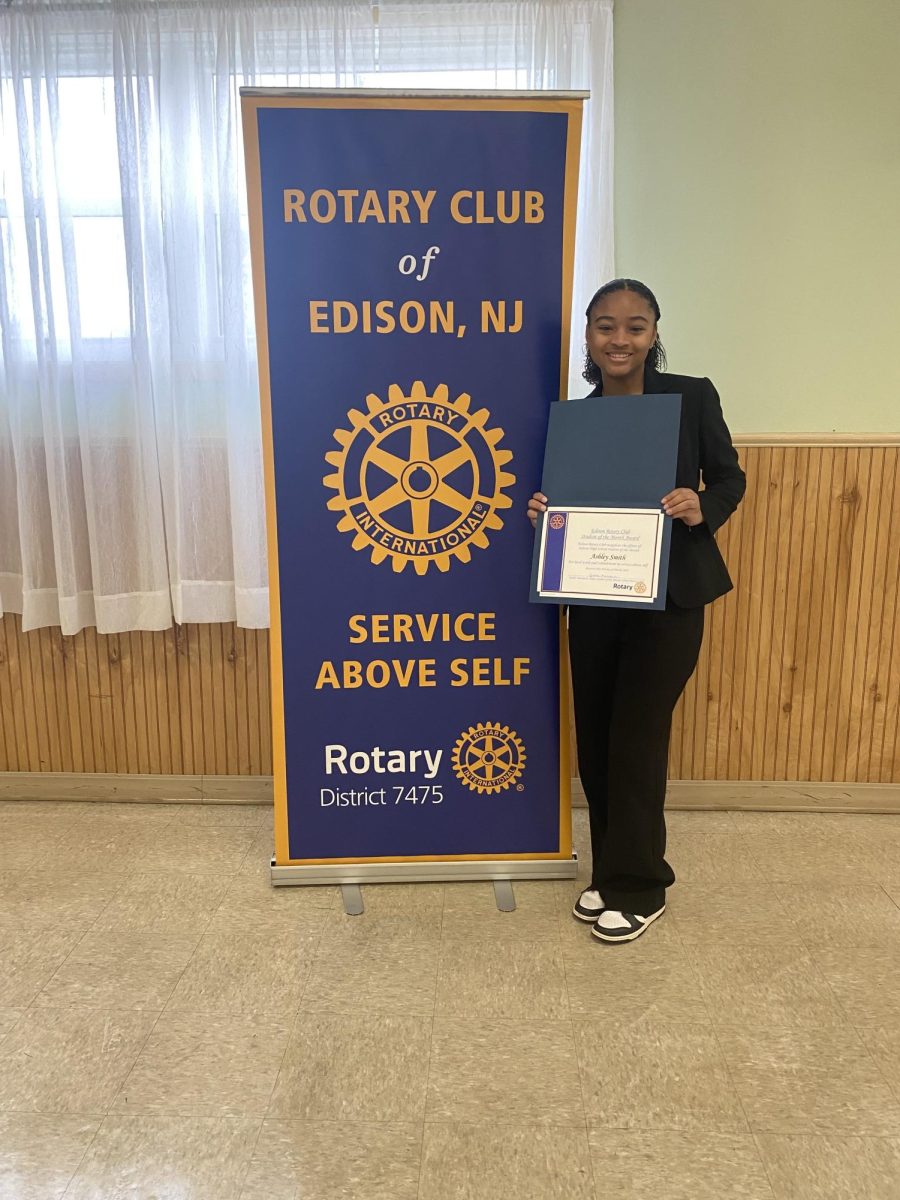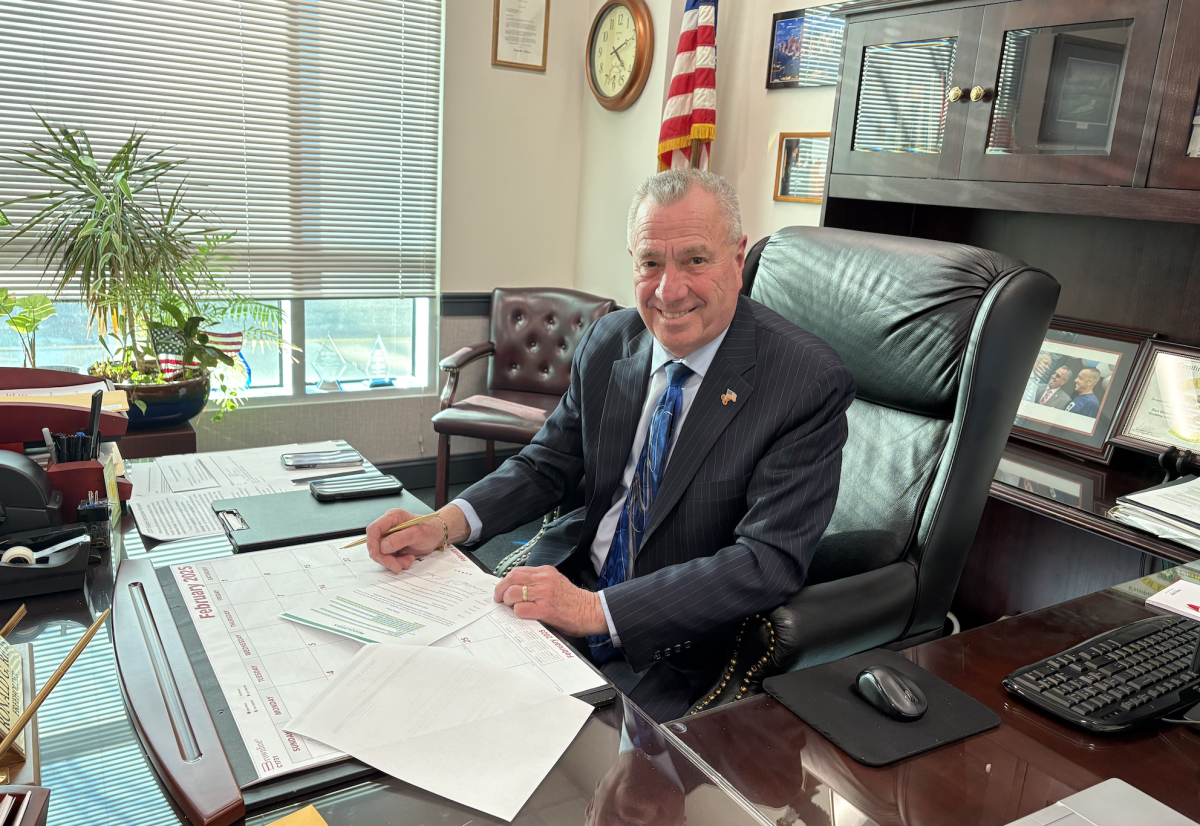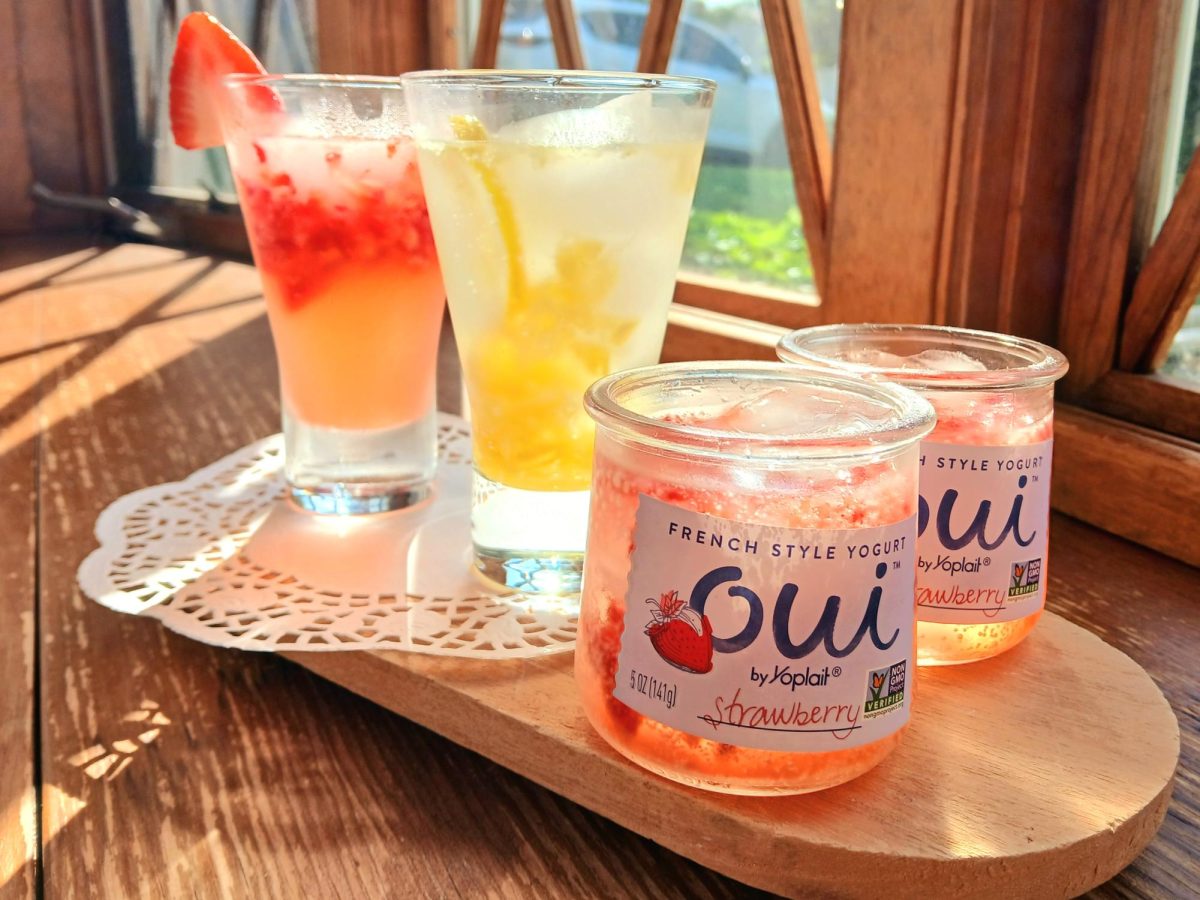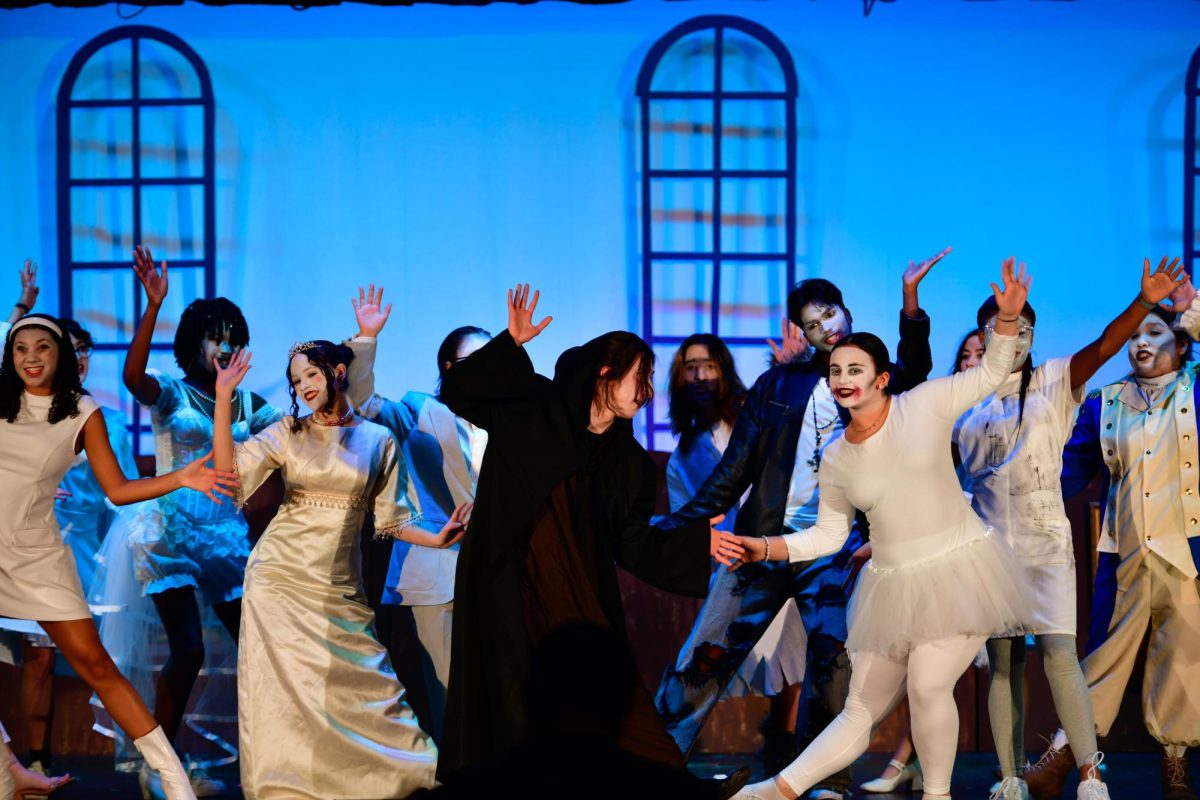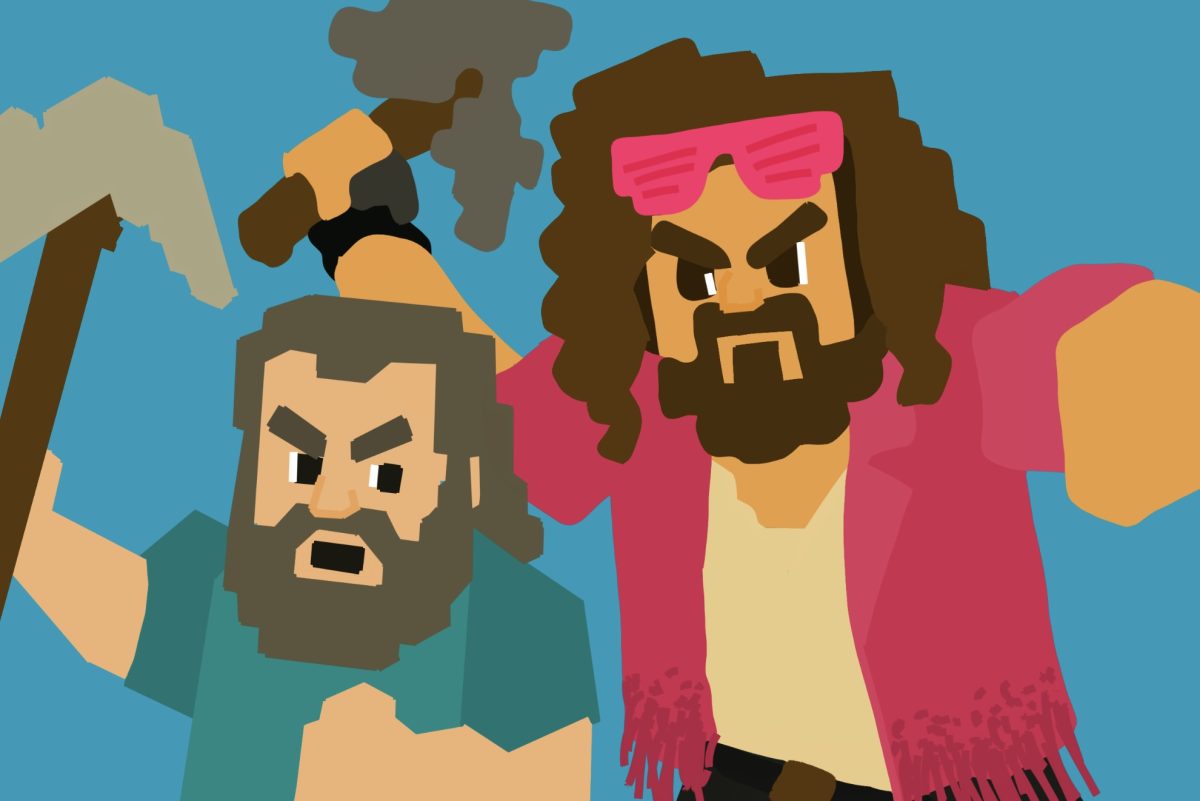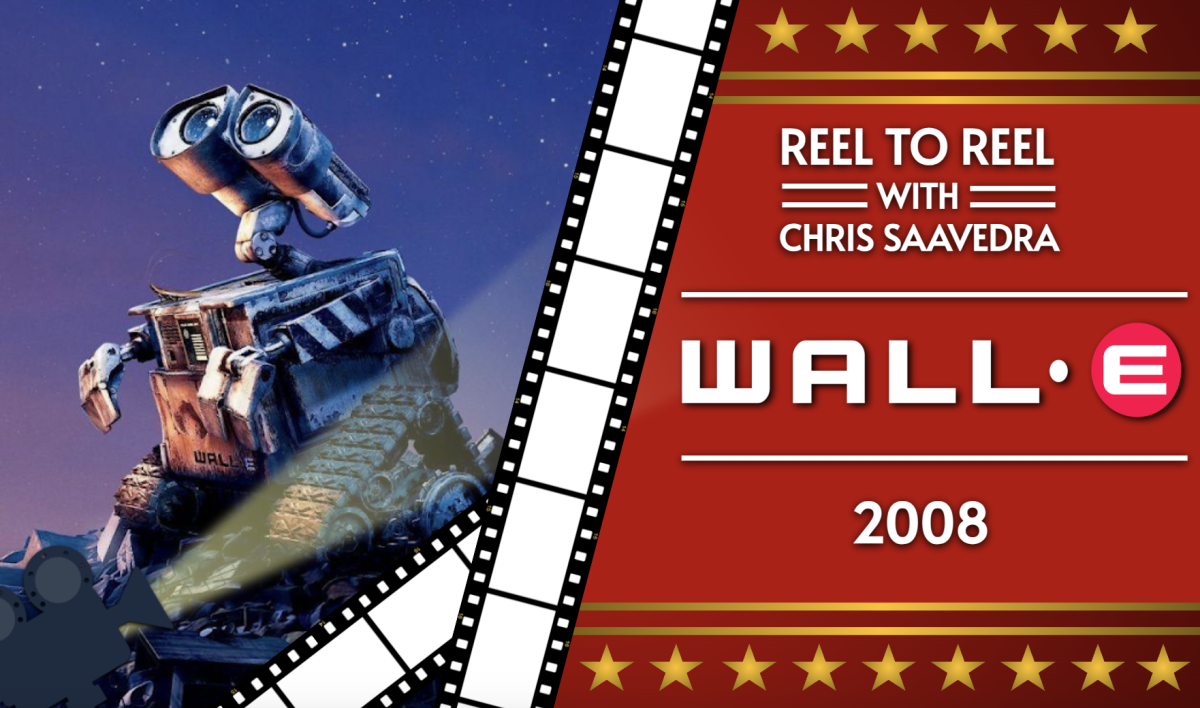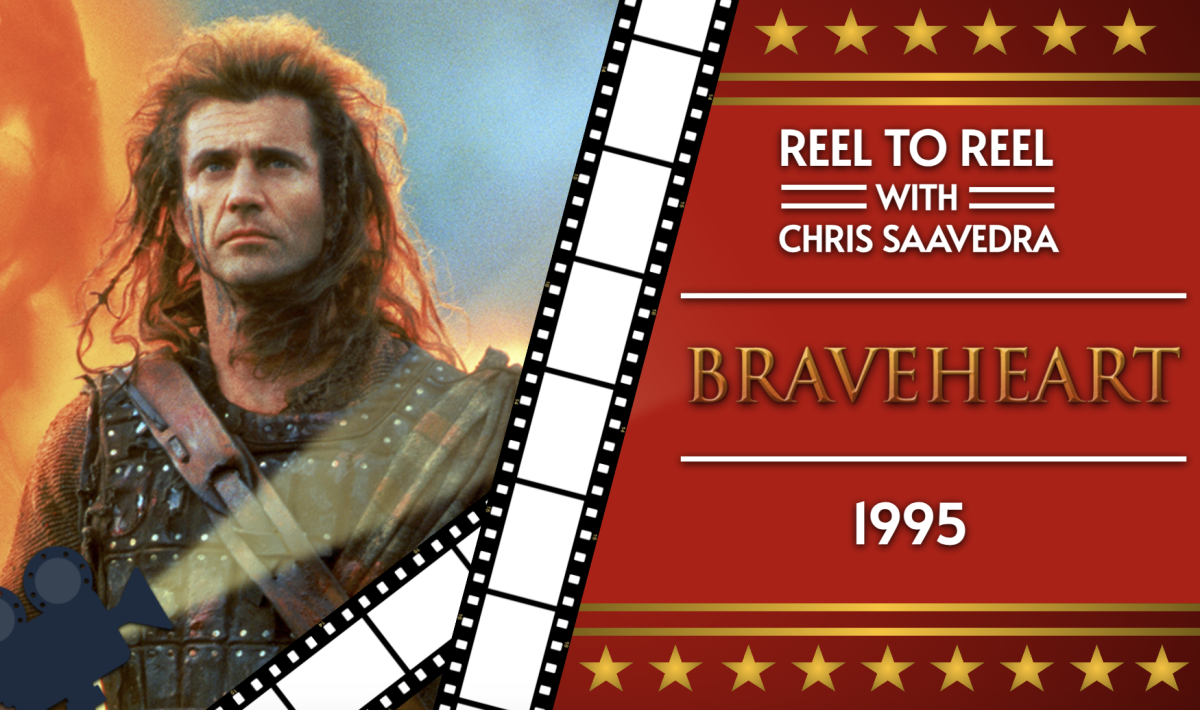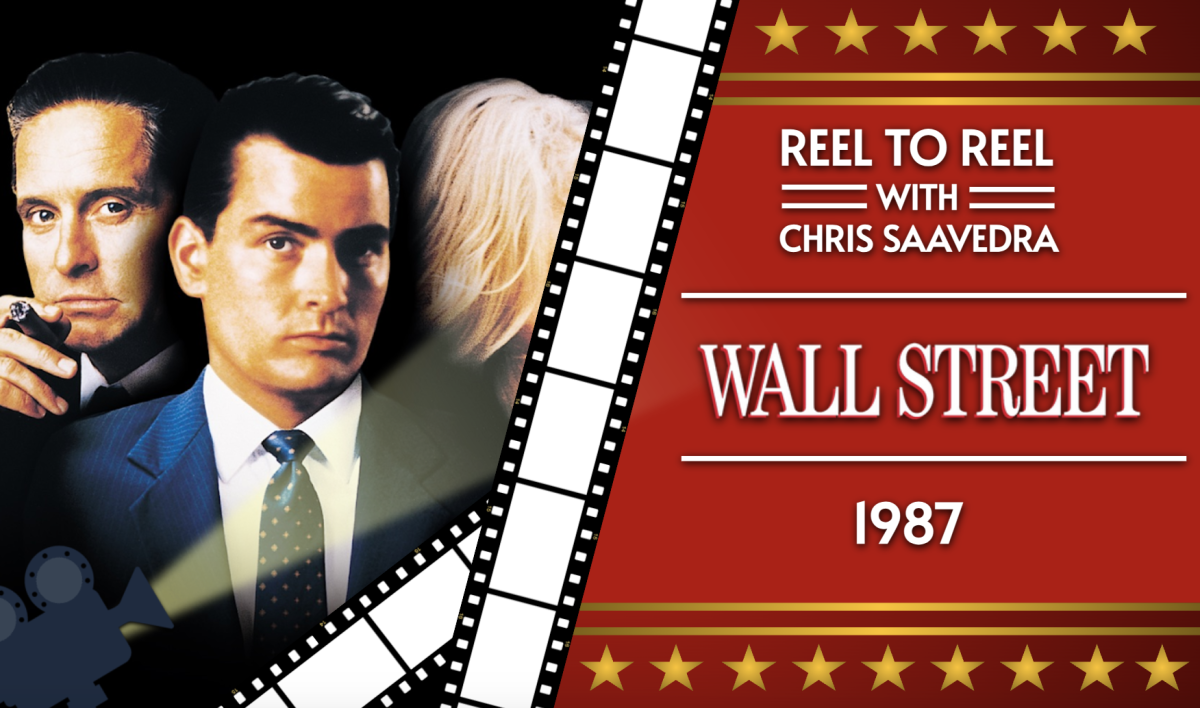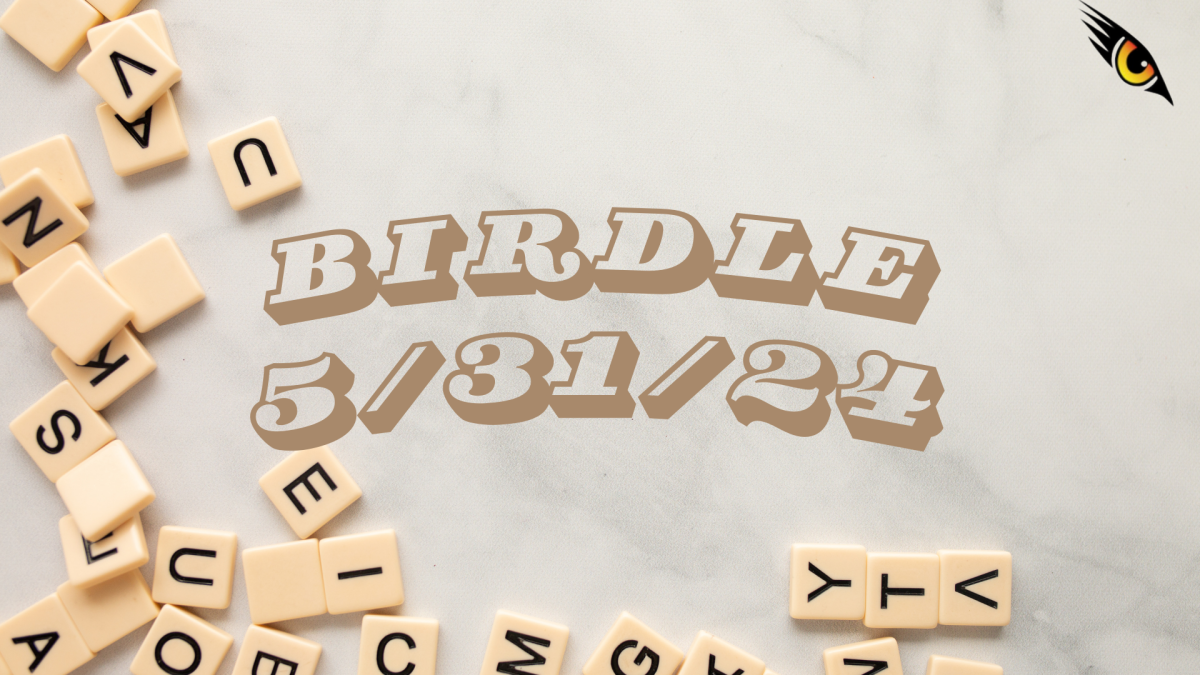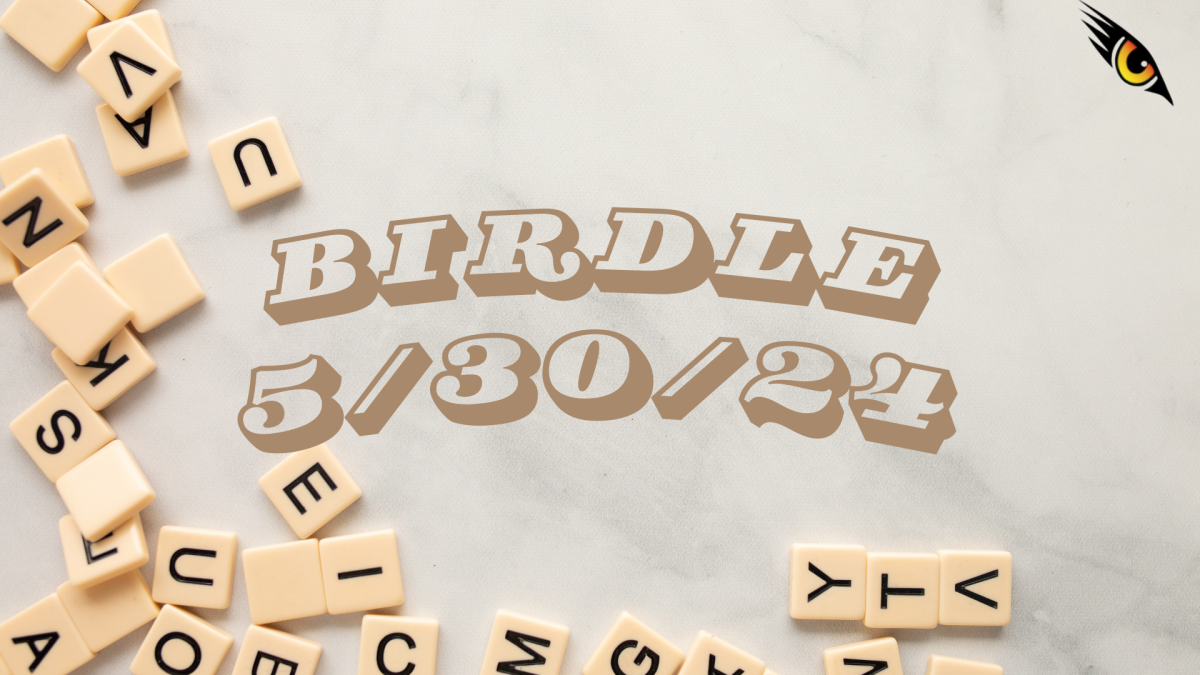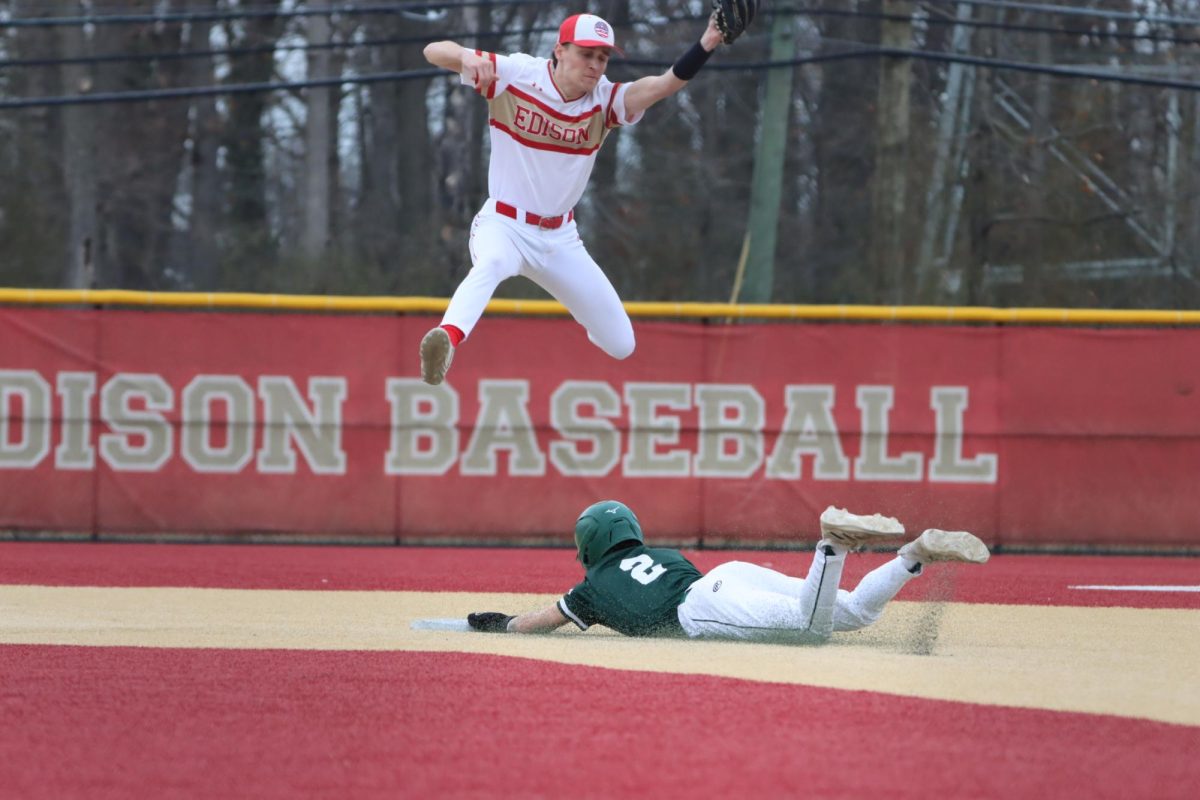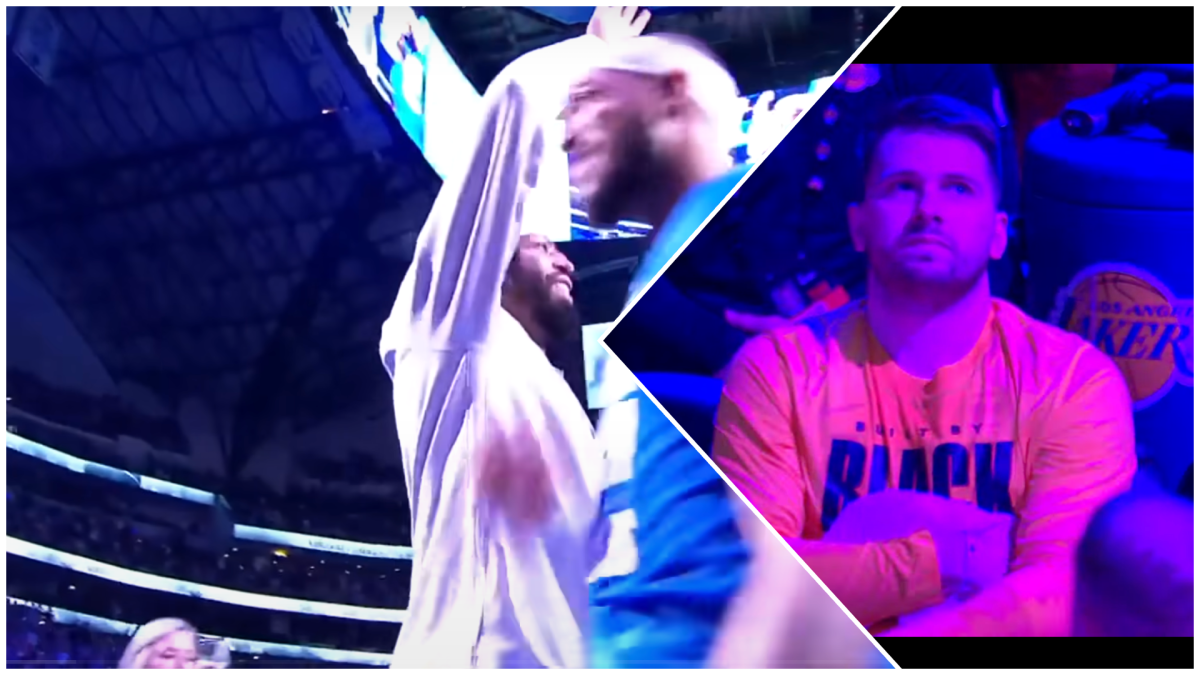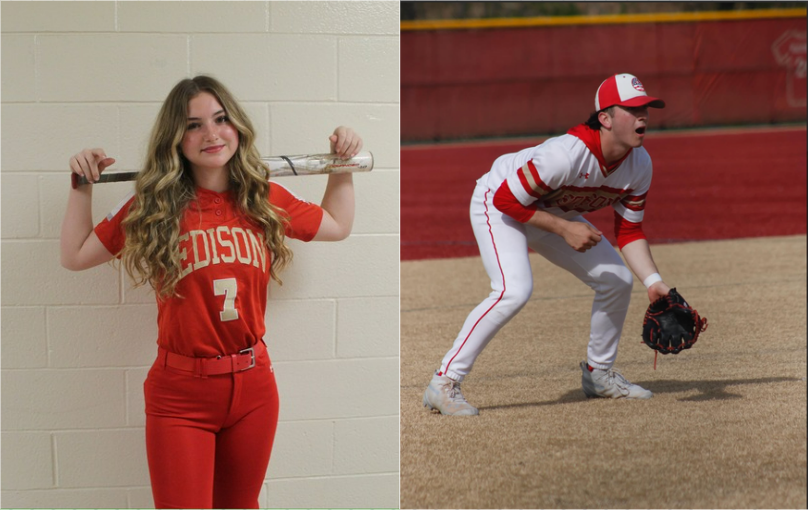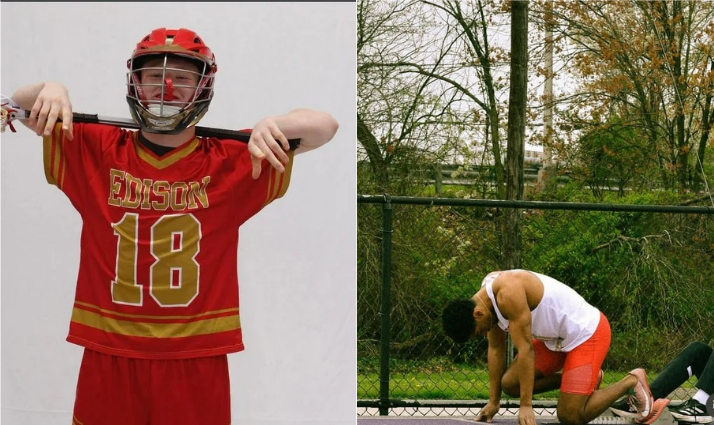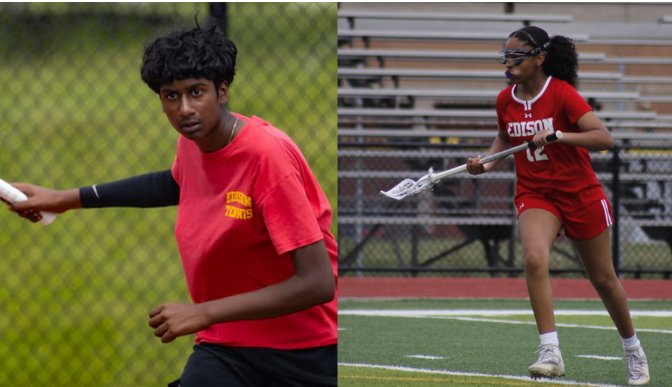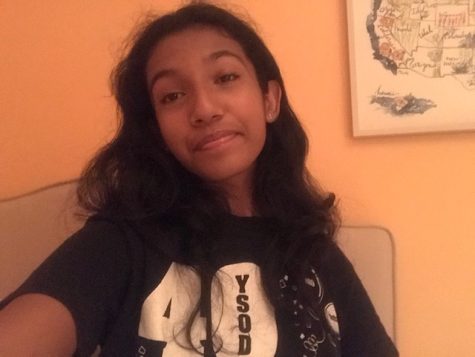INFLUENCE: An Analysis of Influencers Influencing
February 23, 2023
Commandeering the lives of teenagers, influencers have gained a chokehold on daily life. The fact of the matter is, there is no stopping the proliferation of negative influence. Many of these social media accounts appeal to the meme culture of Gen Z as well as those who internalize this often toxic information. Now, it is important not to group everyone on social media into a single category, but take each faction case by case. Yes “internet celebrities” do increase body toxicity, the perpetuation of stereotypes, and hurtful language, but their influence creeps into blatant ignorance and a constant craving for the next big pop culture moment.
Take Kanye West, for example, recent photos and posts on Twitter/Instagram have been leaked of him threatening Pete Davidson or stalking ex-wife Kim Kardashian near her home. When something is documented on social media especially, those watching the situation unfold look at this in a trivial manner. Is there recognition that what Kanye West is doing can be considered harassment? Is there any conceptualization as to the immense stress from the media to encourage more drama? The people living through these experiences are humans, and their lives are put on display like a zoo for everyone to watch. Memes, jokes, etc. have contributed to internalized indifference toward others as well, as it is difficult to feel empathy for others if influencers are teaching the youth that the best way to deal with real-life problems is to make a joke out of it.
A common figure who has been emphasized by the media is Andrew Tate. This article’s main purpose is not to argue about misogyny or berate any one person, but to analyze the effects influencers have on society. Tate has been a controversial figure with his podcast and scandals. But one of the important aspects about Andrew Tate many people fail to see is his main goal is to sell and sell some more. The way he sells is by speaking in extreme confidence to primarily young males who appeal to his brand. The controversy surrounding his statements has resulted in three distinct groups: people who couldn’t care less, extreme pros, and extreme against his beliefs. Yet debating about his podcast, his statements, his Bugattis, etc. attract more people to bolster his popularity, so why talk about him in the first place? The answer is not quite as simple, it could be attributed to a similar explanation as the Kanye situation where meme culture has grasped a hold to humor oneself, or simple vulnerability. A tactic many of these influencers like Tate use is the manipulation of a lack of control and a lack of insecurities in one’s life. This tactic allows loyal followers who believe in complete dependence on these types of influencers and as a result then buy their products as well, which is clearly working in Tate’s case.
All of the influencers described above usually target the teenager demographic; however, with increased access to tweens using social media, other groups have catered to their needs. Namely, Piper Rockelle is a YouTuber and Instagram influencer who makes prank videos that encourage negative expectations for tweens. Such “pranks” include “breaking up with my boyfriend for the day,” or “rich prom date vs. broken prom date,” when exposed at such a young age has resulted in a quickening false sense of maturity. These people are the first real role models on the internet tweens see, and when compared to the childhood of current high schoolers is vastly different. Characterized by video game tutorials, Minecraft, and craft challenges, there were lessened expectations for current teenagers during their childhood to create a facade of adulthood. Additionally, Piper Rockelle and others are teenagers themselves, who were roped into the influencer role by their parents and pressure from the industry. Alisha Marie, who was a Youtuber many teenagers have grown up with, faced a similar situation to Rockelle’s currently in. Marie has spoken about the constant pressure to appeal to the tween demographic and not make the content she enjoys creating.
Even though there is no real way to effectively mitigate the negative effects of influencers, there is still value in recognizing their impacts. Whether selling a product with manipulative tactics to the overmaturity of a younger audience or the trivialization of real-life experiences through social media, it is difficult to deny the firm grip of social media. Social platforms are also a powerful tool to spread positive messages, but they have been convoluted by the next big “pop culture moment.” Mobilizing strong messages and empowering meaningful creators by simply watching their content can help minimize the undeniable spread of harmful media. If not this moment but in the future, one can stop the influence.

